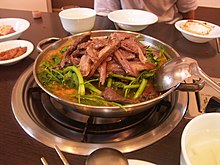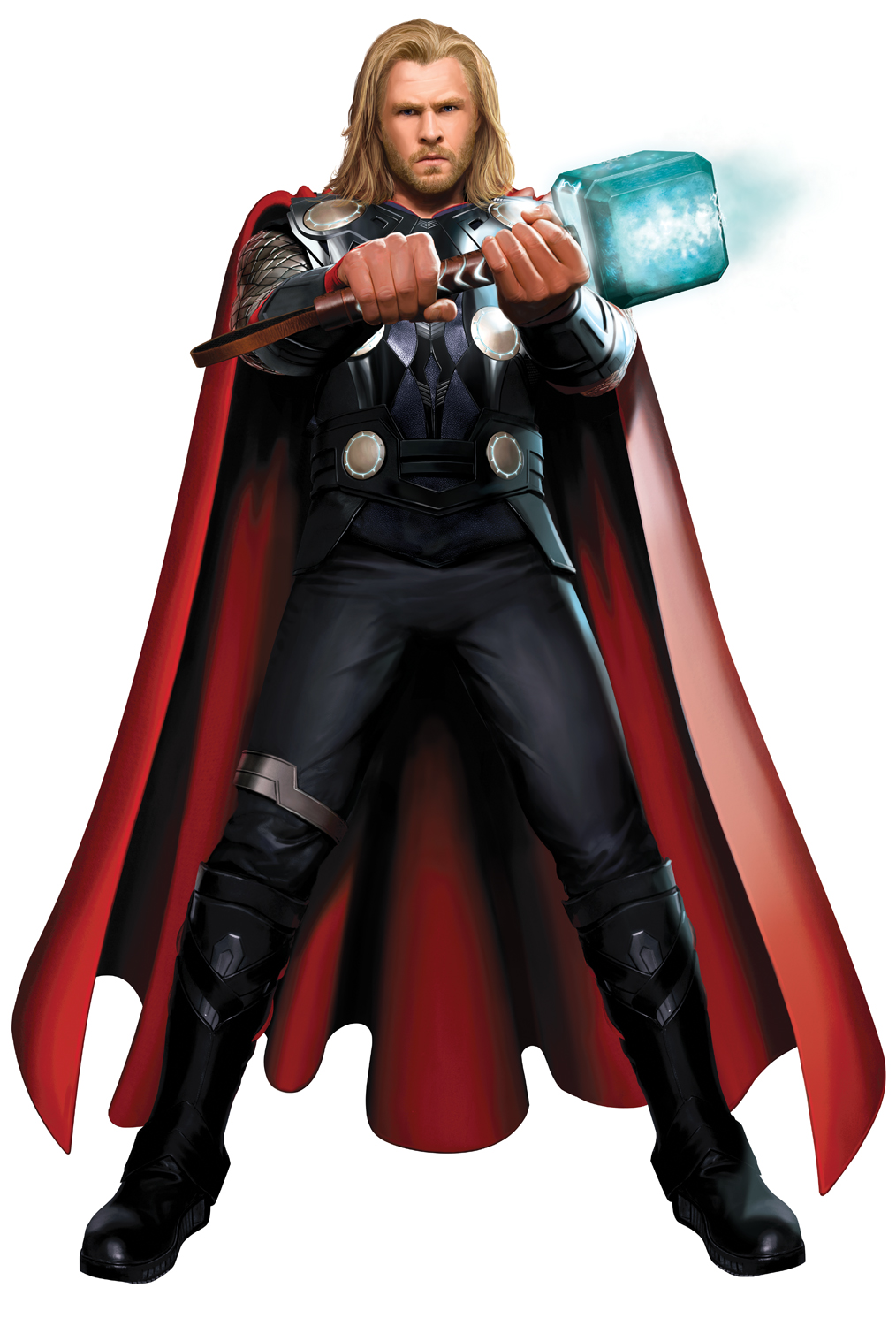Two days ago, I was invited to Haven which is the abode of His Eminence Tsem Tulku Rinpoche to attend a teaching on Lama Tsongkhapa. I have made a blog post about Haven before, so do check it out.
The link is:
http://tenzinkhenchen.blogspot.com/2012/06/haven-experience.html
The teaching Rinpoche gave was about Tsongkhapa. I will type out what I learned from the teaching. Basically, what stood out for me and also, partially, in my own words.
First, Rinpoche taught the lineage of Tsongkhapa. The lineage that we practice, which is the Segyu lineage, is as follows:
Buddha Manjushri
V
Je Sherab Senge
V
Je Pelden Sangpo
V
Gyuchen Tashipa
V
Je Samdrub Gyatso
V
Tsondrupa
V
Dorje Sangpo
V
Khedrup Sangye Gyatso
V
Kyabje Pabongka Dechen Nyingpo
V
Kyabje Zong Dorje Chang
Buddha Manjushri first taught the Guru Yoga as part of the Emanation Scripture.
The name of this lineage, Segyu, derives from the words 'Se' and 'Gyu'. 'Se' is a region in Tibet, it is the region of Tashi Lhumpo monastery. 'Gyu' means lineage. So, Segyu means the lineage of Se.
It is important to learn the lineage. Why? Because by learning the lineage, you would know that this teaching is not something just pulled out of thin air. Instead, you would understand it as something substantial as it had been practiced by many great lamas of the past.
Next, Rinpoche taught about the prophecies about Lama Tsongkhapa.
During the time of Lord Buddha Shakyamuni, the Bodhisattva Strength-of-Mind had incarnated as the son of a Brahmin, the highest caste of the caste system. When meeting Shakyamuni, he offered a clear crystal mala up to the Buddha.
After receiving the mala, Shakyamuni placed his holy golden hands on the young boy's head and predicted to his disciple Ananda that 1500 years in the future, approximately, in the land to the North, of the red-faced barbarians, this young boy's future incarnation would be an emanation of Manjushri, he would establish a monastery by the name of "Ge" which means virtues, between the areas of Dri and Den.
"After I pass away
And my pure doctrine is absent,
You will appear as an ordinary being,
Performing the deeds of a Buddha
And establishing the Joyful Land, the great Protector,
In the Land of the Snows."
~Buddha Shakyamuni in the Root Tantra of Manjushri
Rinpoche also spoke about the benefits of practicing the guru yoga of Lama Tsongkhapa.
The benefits are as follows:
- Protection from Spirit Harm
- Wisdom
- Compassion
- Spiritual power
- Stability
- Great Blessings
- Powa Practice - the practice of being able to reincarnate at will and choose where you want to go.
- Protection from Outer, Inner and Secret Obstacles
- Avoid harm and weapons (Rinpoche jokingly stated that do not do this practice and say, "Shoot me!")
- Crops, Food and Livelihood
- Travel
- Blessing Animals
- Blessing Vitamins
- For our parents
- Enlightenment
Then, an explanation on how to do Mandala offerings was done. I will post the video on how to do it here in an update when the blog post on Rinpoche's blog comes up.
Then, Rinpoche explained to us the meditation for Seven Wisdoms. The meditations are all similar, only the objects are different.
The "base" visualisation would be that you imagine that there is a tube from your crown to your heart. The tube is red on the inside and blue on the outside. At the bottom of the tube is a white light, it is your mind. It is surrounded by an 8-petal lotus. When you look up from the tube, you will see Maitreya Buddha in Tushita heaven and Lama Tsongkhapa.
Visualise Lama Tsongkhapa and his 2 heart sons fuse into one light which is orange in colour, then that light is filled with millions of a specific object which will be listed below. Then, the light goes down the tube. Then, it fuses with your mind, which is the white light on tops of the lotus and from there, the light radiates and fills your whole body.
The items and names of the wisdom are as follows
- Great Wisdom ---- Manjushri
- Clear Wisdom ---- OM ARA PATSA NA DHI
- Quick Wisdom ---- DHI
- Widom of Teaching the Dharma ----Scriptures
- Profound Wisdom ---- Scripture and Sword
- Wisdom of Spiritual Debate ---- tiny wheels of swords
- Wisdom of writing the Dharma text ---- scriptures and small swords
The benefits for each wisdom:
1. Great Wisdom ---- ability understand and explain the scriptures
2. Clear Wisdom ---- understand and clarify the subtle teachings
3. Quick Wisdom ---- cuts non-understanding
4. Profound Wisdom ---- Understand and explain the scripture with depth
5. Wisdom of Teaching the Dharma ---- Teaching the Dharma with skillful means
6. Wisdom of Spiritual Debate ---- To be able to bring out your point skillfully
7. Wisdom of writing the Dharma text ---- When people read the text you write, they will understand better.
That concludes the part I remember about the teachings. The video will soon be up and will place it here.
I have so much gratitude to be able to learn the guru yoga from Rinpoche as it must mean that I had amassed a lot of merit to be able to learn this. I do not know what I had done in a past life to be this fortunate.
There is a difference from learning from a book and learning from a living, breathing Lama. When you listen to a Lama you will be hearing the pure teachings from someone that has a lot of compassion and you can also ask questions and understand better.
I also remember reading somewhere online, I forgot where but the thing is, if someone teaches you something, your mind receives it better than reading a book.
Thank you for the teaching, Rinpoche and thank you to the Ladrang staff who arranged for the event.
Here is a link to learn more about Tsongkhapa from Rinpoche's blog:
Bye!













